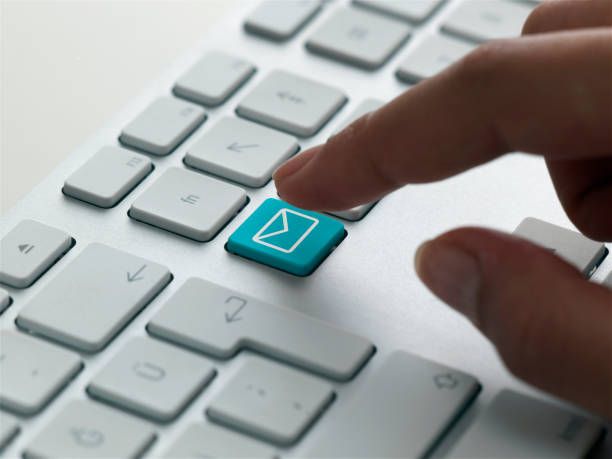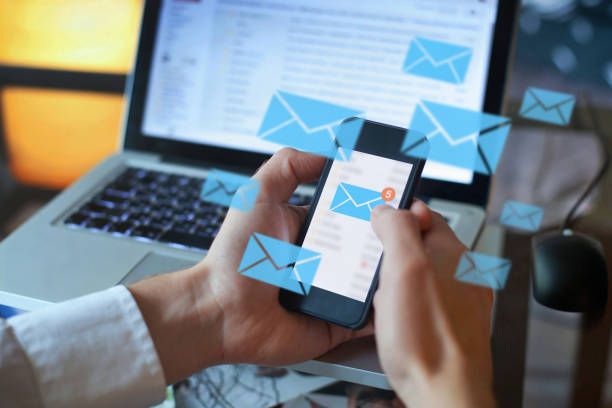Email has become an integral part of our daily work routine, but it can also be a constant source of distraction and productivity drain. The habit of constantly checking and responding to emails throughout the day can disrupt focus, derail important tasks, and hinder overall productivity. In this comprehensive guide, we will explore the benefits of checking email only 3 times a day, provide expert insights, and offer practical strategies to help you regain control over your inbox and maximize your productivity.
The Downsides of Frequent Email Checking

Frequent email checking can lead to several negative consequences:
a) Loss of Focus: Constantly interrupting your workflow to check emails disrupts concentration and prevents deep work, resulting in decreased productivity.
b) Increased Stress and Overwhelm: The continuous influx of emails can lead to stress and overwhelm, as you feel pressured to respond immediately and keep up with the constant stream of messages.
c) Time Wasted on Low-Value Tasks: Excessive email checking often results in spending valuable time on low-value tasks, such as reading irrelevant emails or engaging in lengthy email conversations.
The Power of Limiting Email Checking to 3 Times a Day

Adopting the practice of checking email only 3 times a day can bring about significant benefits:
a) Enhanced Productivity: By designating specific time slots for email checking, you create focused blocks of uninterrupted work, allowing you to accomplish important tasks more efficiently.
b) Reduced Distractions: Limiting email checking to specific times helps minimize distractions and enables you to maintain a state of deep focus on your core responsibilities and projects.
c) Improved Time Management: Setting aside dedicated time for email allows you to prioritize and allocate your time more effectively, ensuring that important tasks receive the attention they deserve.

Effective Strategies for Checking Email 3 Times a Day

a) Establish a Schedule: Create a schedule that includes specific time slots for checking and responding to emails. For example, allocate time in the morning, midday, and late afternoon.
b) Set Clear Expectations: Communicate with colleagues, clients, and stakeholders about your email response times. Let them know that you check email at specific intervals and provide alternative methods for urgent matters.
c) Utilize Email Filters and Rules: Set up filters and rules in your email client to automatically sort incoming messages into relevant folders. This helps prioritize important emails and reduces clutter in your inbox.
d) Disable Email Notifications: Turn off email notifications on your devices to avoid constant interruptions and maintain focus on your current tasks.
Expert Tips for Successful Email Management

a) Create a Triage System: Develop a system for quickly assessing and categorizing emails based on priority. This allows you to address urgent matters promptly while deferring non-essential emails to later sessions.
b) Use Templates and Quick Responses: Prepare pre-written templates or quick responses for common email inquiries or requests. This saves time and ensures consistent and efficient communication.
c) Practice Email Discipline: Avoid engaging in lengthy email conversations or getting sidetracked by non-essential emails. Stay disciplined and focus on concise and effective communication.
Commonly Asked Questions:
Q: What if I receive urgent emails that require immediate attention?
A: While the goal is to check email only 3 times a day, it's important to address urgent matters promptly. Set up filters or notifications for high-priority contacts or keywords to ensure you don't miss critical emails.
Q: How can I manage client expectations when checking email 3 times a day?
A: Communicate your email checking schedule to clients and manage their expectations by providing alternative methods of contact for urgent matters, such as phone calls or instant messaging platforms.
Q: Will checking email 3 times a day cause delays in response times?
A: Not necessarily. By managing expectations and setting clear communication guidelines, you can establish a workflow that allows for timely responses during the designated email checking periods.
Conclusion:
By adopting the practice of checking email only 3 times a day, you can regain control over your inbox, boost productivity, and foster a more focused work routine. The strategies and tips shared in this guide empower you to optimize your email habits, reduce distractions, and manage your time effectively. Embrace this approach and experience the transformative impact of limiting email checking to 3 dedicated sessions, allowing you to achieve more while maintaining a healthy work-life balance.

